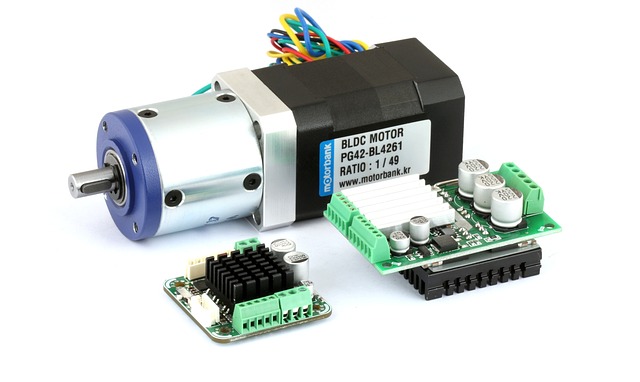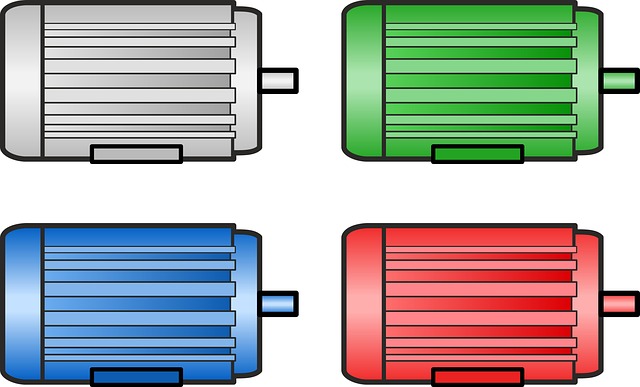Rubber products are integral to a wide range of modern industrial applications, serving critical functions in numerous sectors such as automotive, aerospace, and construction. From the tires that ensure smooth and safe transportation to the hoses that enable fluid transfer in machinery, rubber’s versatility and resilience make it an indispensable material in industrial production.
Blending in the manufacture of rubber products refers to the mixing of various types of rubber raw materials for the intent of acquiring certain properties necessary in different applications. It is, therefore, considered a vital process in that the final quality and performance of the rubber product depend largely on the uniformity and consistency of the mix. Optimum blend quality can only be achieved when the parameters controlling mixing, such as time, temperature, and speed, are accurately set.
In the process of rubber blending, internal mixers stand at the very core. It is one of the integral parts in the processing of rubber. Normally, internal mixers consist of rotating drums or rotors used in mixing rubber compounds, owing to their shearing, stretching, and deforming actions upon the materials. Its performance affects the quality of the rubber blend and thus the performance of the final product.
The development has greatly been influenced by the advancement in science and technology. Advances continuously improve the design of modern internal mixers, integrating improved material and control systems for increased efficiency, precision, and reliability. These innovations have significantly enhanced internal mixers’ capability for the handling of complex blending of rubber for higher-quality, consistent products.
Rubber products have various uses in modern industrial production and are produced through an advanced process to reach the required quality and performance. The internal mixers are the basic components in these production processes, and the ongoing improvement driven by technological advancement, in particular permanent magnet synchronous motors, has given efficiency a boost in the effectiveness of the blending of rubber. This synergy between technological innovation and rubber processing equipment is the underpinning for continuous progress, with a potentially bright future for the industry of rubber products.

Basic information and challenges of internal mixers
Internal mixer represents the major rubber processing equipment used to mix all kinds of raw materials into a mixture that would be needed. The common basic mixer usually consists of two or more rotating drums between which the rubber is continuously sheared, stretched, and deformed for mixing purposes.
Therefore, in the mixing process of an internal mixer, there is a complex kinetic process. In such a situation, many factors should be considered during the design and commissioning of the internal mixer. For example, in the mixing process of different rubber raw materials, their mixing time, speed, and temperature have to be precisely controlled in order to make sure the quality of mixed rubber could meet the requirements of production.
Different types of internal mixers also have different characteristics. The inverted mixer can transfer the rubber from one side drum to the other during the mixing process for better mixing results, while the bias mixer provides better control of the temperature and quality of the rubber. The design and selection of the mixer should take into consideration factors like production requirement and cost for the best processing result.
Though internal mixers play an indispensable role in rubber processing, they are not free from some challenges related to the production process. These would cover:
Efficiency: Owing to the time and energy consumed by mixing, efficiency will directly affect the production cycle and cost of an internal mixer.
Energy consumption: In general, the big driving systems of an internal mixer consume so much energy; a way to lower its energy consumption is an issue.
Precision: The quality of mixed rubber directly determines the performance and quality of the final products, so the internal mixer should be able to provide high-precision control. Maintenance: Since an internal mixer usually needs to work continuously for quite a long period, its mechanical parts often bear the high load and wear, and the maintenance cost corresponds to be high.
Faced with the above challenges, as a new drive system, permanent magnet motors have been widely used in internal mixers and played an increasingly important role in improving equipment efficiency, reducing energy consumption, improving accuracy, and reducing maintenance costs.
Advantages of permanent magnet motors
Permanent magnet motor is one newly developed driving system that possesses wide applicative ranges, stable running performance, high efficiency, and low noise. Application of permanent magnet motors in internal mixers will bring the following advantages:
High efficiency: Permanent magnet motors are more efficient compared to the conventional AC asynchronous motors. Permanent Magnet motors use permanent magnets in the rotor part, and the magnetic field of permanent magnets does not need to be excited by electric current; therefore, the energy loss and waste can be minimized.
High precision: The permanent magnet motor with digital control technology has higher precision in speed and torque control. Therefore, this advantage makes the mixing process of rubber more accurate and controllable in internal mixers.
Good stability: The permanent magnet motor has a relatively stable torque-speed characteristic curve. Therefore, applying it to an internal mixer contributes to enhancing equipment stability and reliability.
Small size: The permanent magnetic motors have a compact structure and smaller size, which can extensively reduce the overall size and weight of mixers and increase the convenience in installing and maintaining such equipment.
Energy saving and environmental protection: high efficiency of the permanent magnet motor can save energy consumption and decrease pollution to the environment. Besides, the permanent magnet motors do not need to use rare metals and meet the modern social request of environmental protection and sustainable development.

Application of permanent magnet motor in internal mixer
Permanent magnet motors are being implemented all over in internal mixers. Besides, these can show positive influence on the operation effectiveness of internal mixers. Under accurate speed control, permanent magnet motor could make such diverse demands during different stages, including a rapid response and a highly effective control capability; as such, adjusting the speed of a rotor would become softer and more dependable.
Meanwhile, the permanent magnet motor can maintain high efficiency and stability in the case of high speed, which is suitable for the high-speed mixing condition of an internal mixer. Such high speed operation can reduce the rubber mixing time effectively and improve the production capacity and efficiency. Energy consumption can be reduced by applying a permanent magnet motor to an internal mixer. Permanent magnet motors have higher efficiency and, as a result, lower energy loss and waste compared with traditional AC asynchronous motors. Energy can be saved via permanent magnet motors for internal mixers, thereby reducing the load on the environment and attaining the goal of energy conservation and emission reduction.
The last reason is that the permanent magnet motor’s control precision can guarantee the consistency of the rubber raw material in the mixing process. By precisely controlling the speed and torque, better mixing results can be achieved, thus improving the quality of rubber products and reducing the defect rate in production.
Conclusion
Permanent magnet motors in internal mixers have a large scope of application and advantages. A permanent magnet motor of this nature will be helpful in improving the effect and quality of mixing, consuming less energy, thereby reducing the cost of production. During high-speed operation, the permanent magnet motor can keep high efficiency and stability, as is suitable for the high-speed mixing condition inside an internal mixer. Hence, permanent magnet motors are irreplaceable key components in internal mixers.
It follows that permanent magnetic motors are of great prospect and one of the directions in development. With the continuous development of science and technology, the demand for applications will surely promote the use and development of permanent magnet motors.
Therefore, the use of permanent magnet motors within an internal mixer would not only have practical significance but also a wide development space with great prospects for the future. In a continuous manner, related research and development should be done; permanent magnet motors will be used and promoted in more industrial areas to achieve great contributions to industry progress and development.